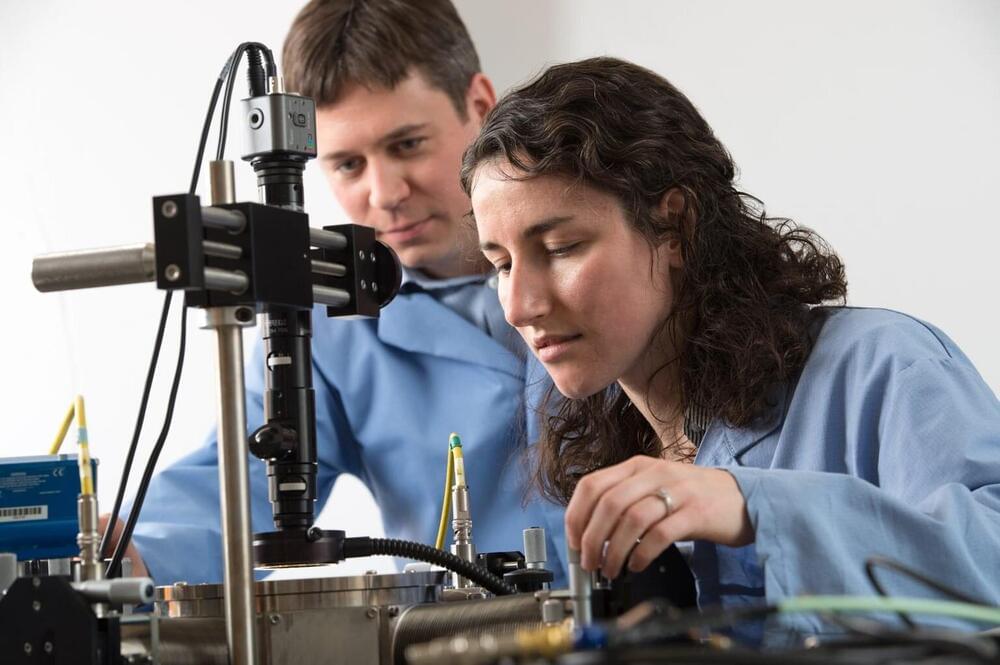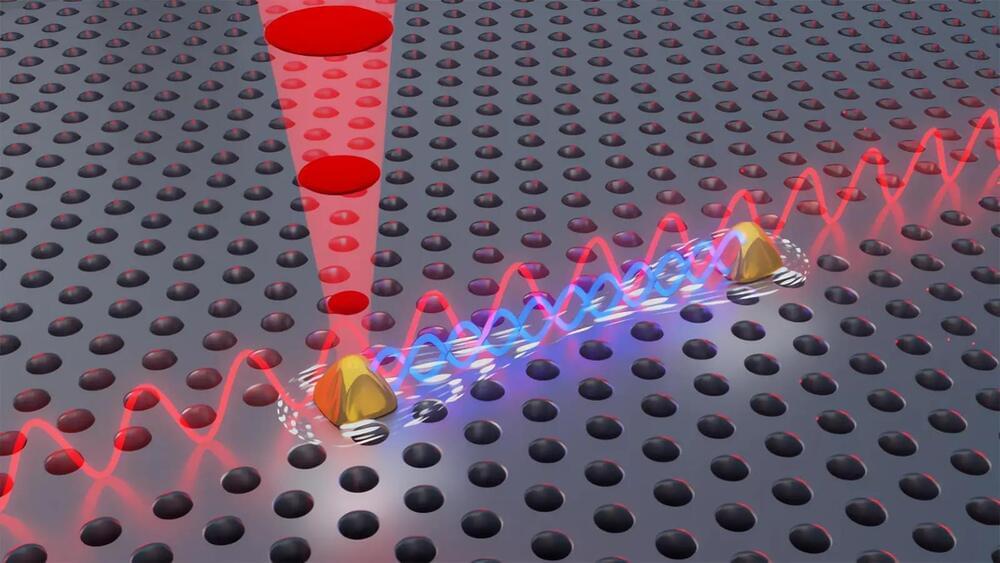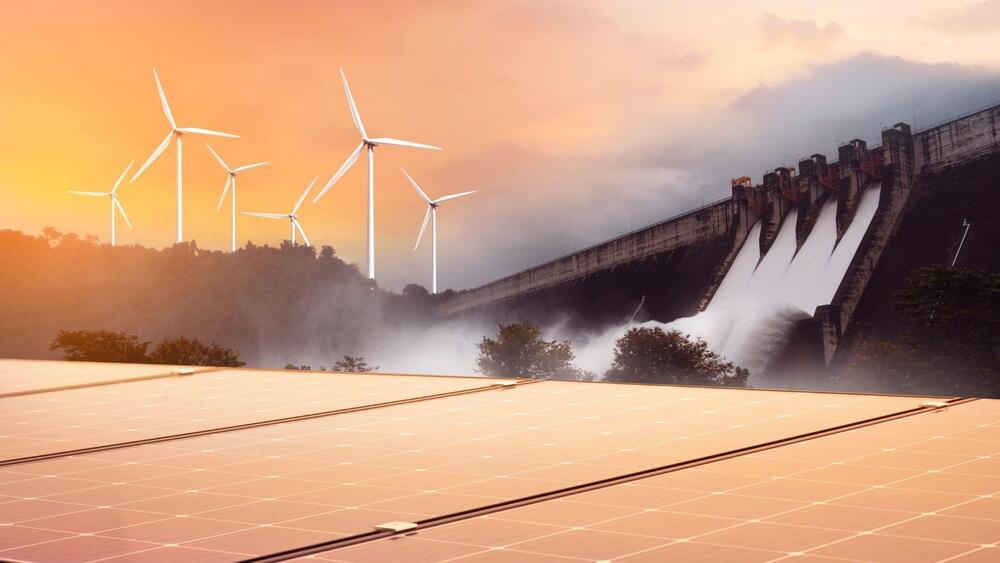Feb 19, 2023
Researchers develop greener alternative to fossil fuels
Posted by Saúl Morales Rodriguéz in categories: economics, nanotechnology, particle physics, solar power, sustainability
Researchers at the University of North Carolina at Chapel Hill Department of Chemistry have engineered silicon nanowires that can convert sunlight into electricity by splitting water into oxygen and hydrogen gas, a greener alternative to fossil fuels.
Fifty years ago, scientists first demonstrated that liquid water can be split into oxygen and hydrogen gas using electricity produced by illuminating a semiconductor electrode. Although hydrogen generated using solar power is a promising form of clean energy, low efficiencies and high costs have hindered the introduction of commercial solar-powered hydrogen plants.
An economic feasibility analysis suggests that using a slurry of electrodes made from nanoparticles instead of a rigid solar panel design could substantially lower costs, making solar-produced hydrogen competitive with fossil fuels. However, most existing particle-based light-activated catalysts, also referred to as photocatalysts, can absorb only ultraviolet radiation, limiting their energy-conversion efficiency under solar illumination.


















